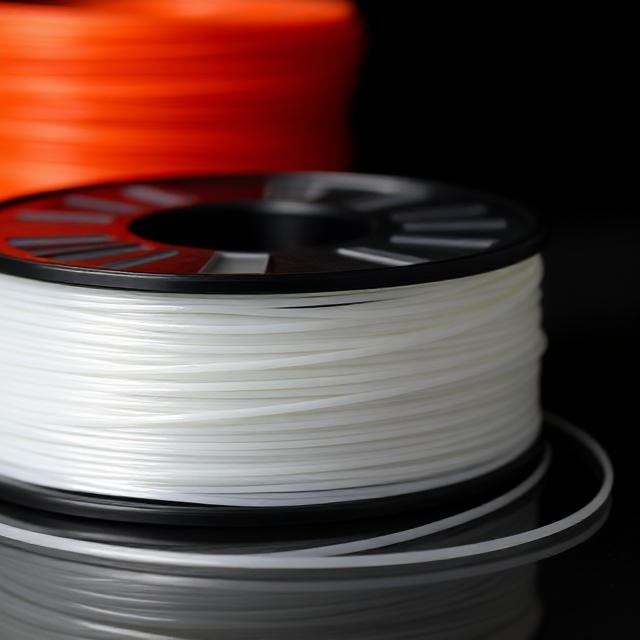The Feasibility of Using HDPE Filament in 3D Printing
High-density polyethylene (HDPE) is one of the most widely used plastics globally, found in everything from milk jugs to piping systems. Recently, it has garnered attention in the 3D printing community, especially regarding sustainability. However, using HDPE filament with standard 3D printing techniques presents a unique set of challenges, both in terms of printability and material properties. Let’s explore these hurdles and also consider the environmental benefits of using recycled HDPE as a 3D printing material.
Challenges of Printing with HDPE
- Warping and Shrinkage: HDPE is notorious for its high shrinkage rate as it cools, which can cause significant warping and poor adhesion to the print bed. This can lead to failed prints, especially when printing large objects. Unlike PLA or ABS, which have better bed adhesion and lower shrinkage, HDPE demands a heated print bed and careful calibration to minimize these issues.
- Temperature Requirements: HDPE requires higher extrusion temperatures, typically around 230-270°C, which is on the upper end for many 3D printers. Not all printers are equipped with hotends that can consistently maintain these temperatures. Additionally, the heated print bed should be around 100-120°C to help reduce warping. Inadequate temperature control can lead to poor layer bonding and inconsistent results.
- Printer Compatibility: Many standard fdm 3D printers are not designed with HDPE in mind, which means you might need to upgrade or modify your printer to get reliable results. This could involve changing the hot end, increasing the bed temperature, or buying a 3d printer enclosure.
- Material Sticking: HDPE tends to have poor adhesion to surfaces like glass or even some types of adhesive tapes. This often requires special build surfaces or adhesives (like a PEI sheet or a glue stick) to ensure prints stay attached to the bed throughout the print process. I found that using an HDPE base plate made really good bed adhesion, but it did become difficult to remove the print. So if you use that method I would recommend a raft.
Environmental Benefits of Recycled HDPE
Despite these challenges, there are significant environmental benefits to using recycled HDPE as a 3D printing filament. HDPE is highly recyclable, and incorporating recycled material into the 3D printing process can help reduce the volume of plastic waste that ends up in landfills. Since HDPE is used in many everyday products (like containers and packaging), recycling this plastic for 3D printing creates a valuable circular economy, keeping plastics out of the waste stream and reusing them for functional, durable objects.
Using recycled HDPE in 3D printing can also reduce the demand for virgin plastic production, which typically involves energy-intensive processes and contributes to carbon emissions. By choosing recycled HDPE filament, designers and manufacturers can reduce their carbon footprint and promote sustainability in their projects. I used my Filastruder to create recycled HDPE filament.
Conclusion
While printing with HDPE filament presents clear challenges—such as warping, high temperature requirements, and the need for specialized equipment—the potential environmental benefits are undeniable. By using recycled HDPE, we can promote sustainability in the 3D printing space, reduce plastic waste, and lower carbon emissions. For those willing to tackle the technical hurdles, HDPE offers a viable and eco-friendly material for creating durable, functional prints.

